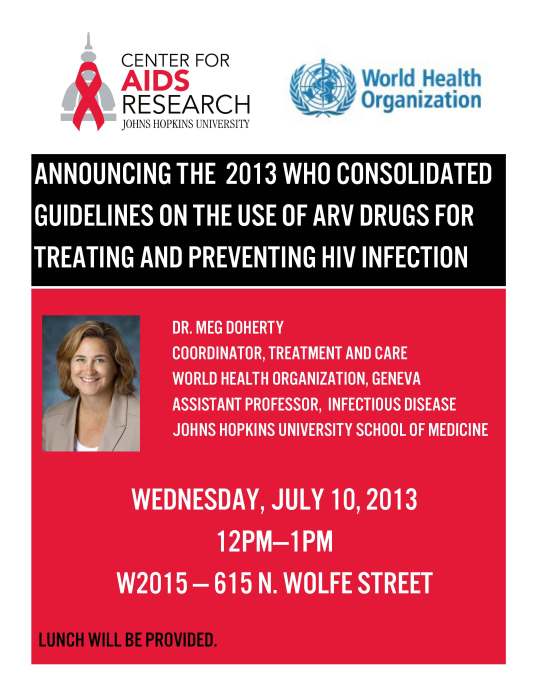
(AIDSmap) Gus Cairns
We need to stop simply doing research into the health and behaviours of gay men and other men who have sex with men (MSM) in resource-poorer countries, and start using research programmes as springboards for programmes of education and support for them. This was the broad consensus from an audience discussion after a session on MSM at the first day of the 7th International AIDS Society conference (IAS 2013) in Kuala Lumpur, Malaysia.
The discussion was sparked by a presentation from Stefan Baral of Johns Hopkins University on a pioneering project for MSM in Blantyre, Malawi, that did just that.
Dr Baral at first outlined the challenges facing MSM globally and for those who research their needs. HIV prevalence in MSM worldwide is at least as high as it is in heterosexual people in sub-Saharan Africa: regionally, it ranges from 3% in the Middle East to 25% in the Caribbean. In Africa, sporadic studies have found prevalence ranging from 9% in Sudan to no less than 40% in Malawi itself.
HIV incidence studies have only been done rarely in Africa, but found 5% incidence a year in Cape Town, and the extremely high figure of 10% in Nairobi. As for major studies of HIV prevention interventions, not one has been done in the whole of Africa, apart from a single site of the iPrEx pre-exposure prophylaxis study, in Cape Town.
The problem in even finding out data on MSM in Africa, let alone providing effective prevention support, is the extremely hostile climate MSM have to live under in most of the continent. Even in South Africa, community opinion remains homophobic, despite a liberal legal climate.
Besides this, it is intrinsically difficult to get an accurate picture of the true health situation of MSM because it is unfeasible in most situations to interview whole communities and sift out the MSM among them. We therefore have to rely on convenience sampling of various kinds, including respondent-driven sampling (RDS), where initial ‘seed’ community members are recruited and then refer other members of their sexual and friendship network to the researchers. This, of course, may not give a true picture of the generality of MSM, as it may miss out the more isolated or closeted men. In addition, even RDS can only in itself provide health and behavioural data: it is not a method of providing support or education.
To attempt to address this issue and turn RDS into an ongoing programme of support, the Johns Hopkins researchers initially contacted 330 MSM for health and behavioural surveillance. They then offered an ongoing programme of health monitoring, education and support to 100 of the HIV-negative men. This programme included the training of ten peer educators. By the end of the programme, the researchers were able to point out, the research site had become established as an ongoing HIV prevention and education centre for MSM.
The 330-strong baseline group were all over 18 years old and had had anal sex with another man in the last year. One in eight (12.5%) turned out to have HIV and were referred to the HIV clinic for support. Of these, 90% were not aware of the fact, despite 60% having tested for HIV at least once and 34% in the last year. Five per cent had syphilis.
Only 23% said they had ever received HIV prevention information specifically for MSM, and this was reflected in the fact that a majority (58%) thought that vaginal sex posed a higher HIV transmission risk than anal sex, and only 14% thought anal sex more risky than vaginal.
One hundred of the 289 HIV-negative men were retained in a follow-up cohort who were studied for a year. Criteria for belonging to the follow-up group included that they were HIV negative, planned to stay in Blantyre for the next year, and were willing to give a mobile phone number and pseudonym for contact. Instead of just asking them to return to the centre periodically (which they did, for five scheduled appointments during the year), they trained ten peer support workers (not all MSM) who undertook to support the prevention needs of ten members of the follow-up group apiece. These peer support workers received a monthly stipend and as well as providing HIV education and condoms to their group, took part in a programme of training for local doctors and nurses in the health, mental health and HIV prevention needs of MSM.
HIV incidence in the follow-up group was 7%; the study was not designed to assess whether this was lower than baseline incidence. Retention in the study was almost perfect: only one person in the 100-strong group dropped out of the study during the year.
The session featured other studies of gay men around the world. As audience member Steve Mills of the global health group FHI 360 commented, they were all cross-sectional rather than longitudinal studies with the exception of the Malawi one, unearthing data on the situation of MSM but not acting as an intervention themselves, apart from using the survey to provide one-off information and counselling.
Read the complete article here.
![]()




